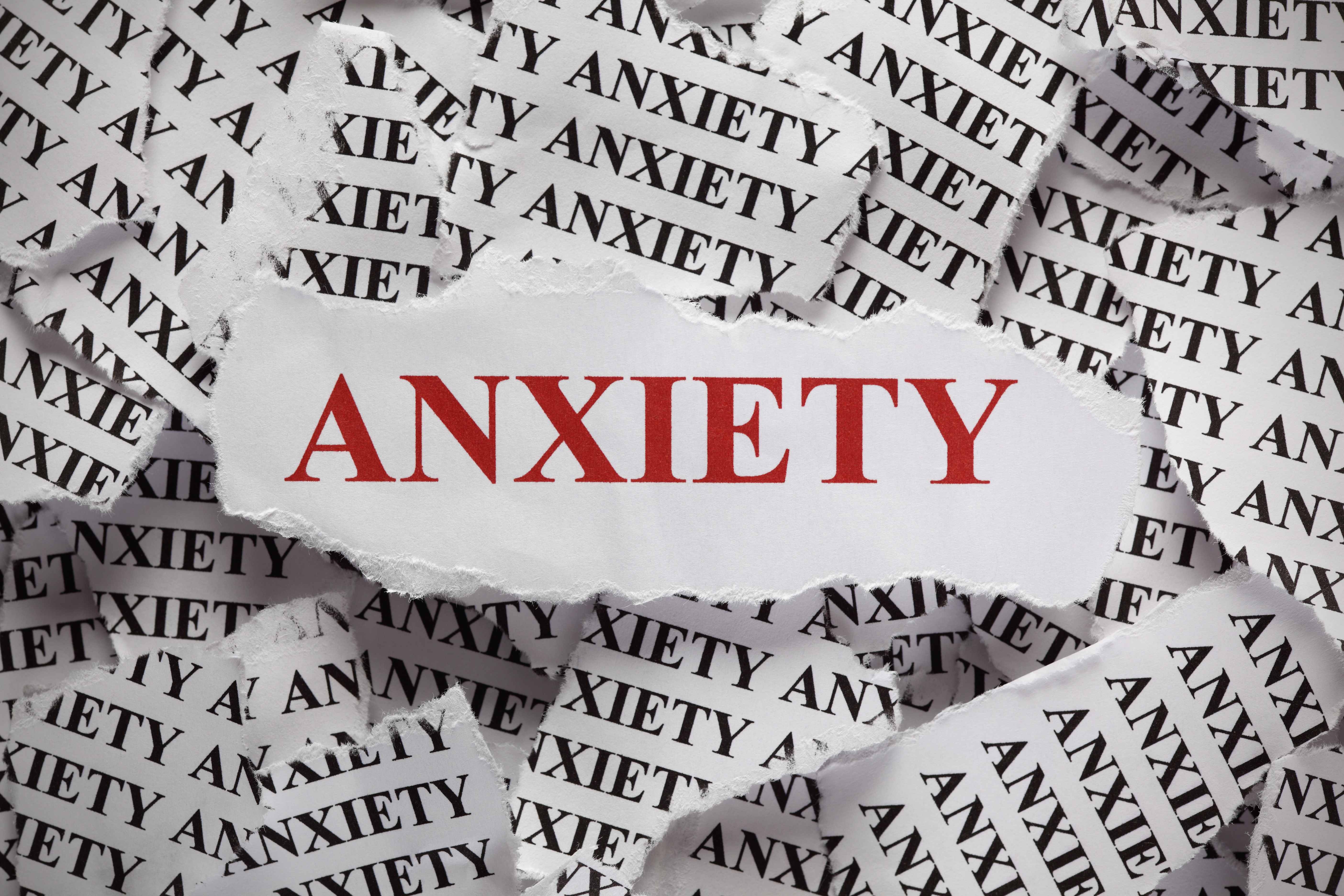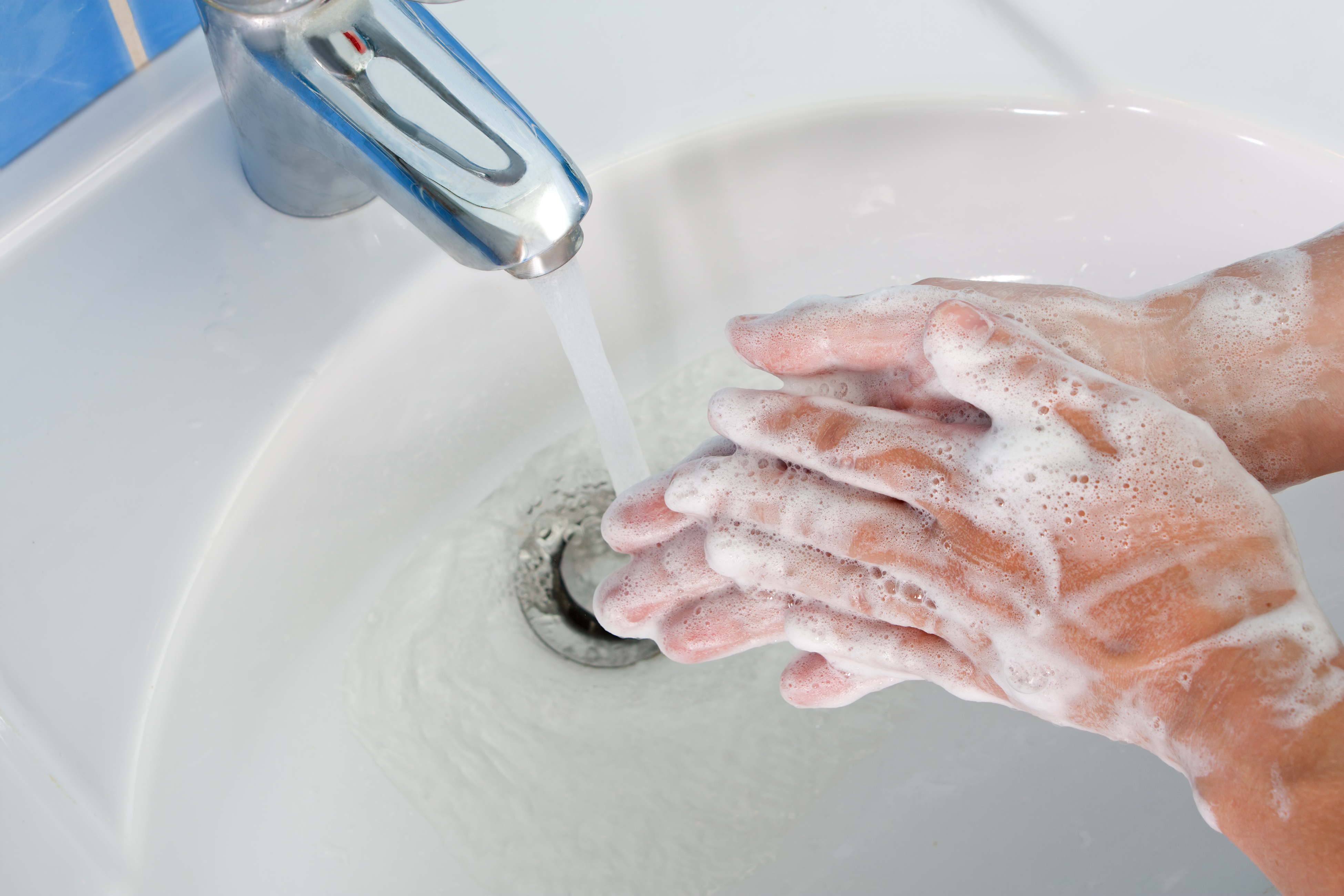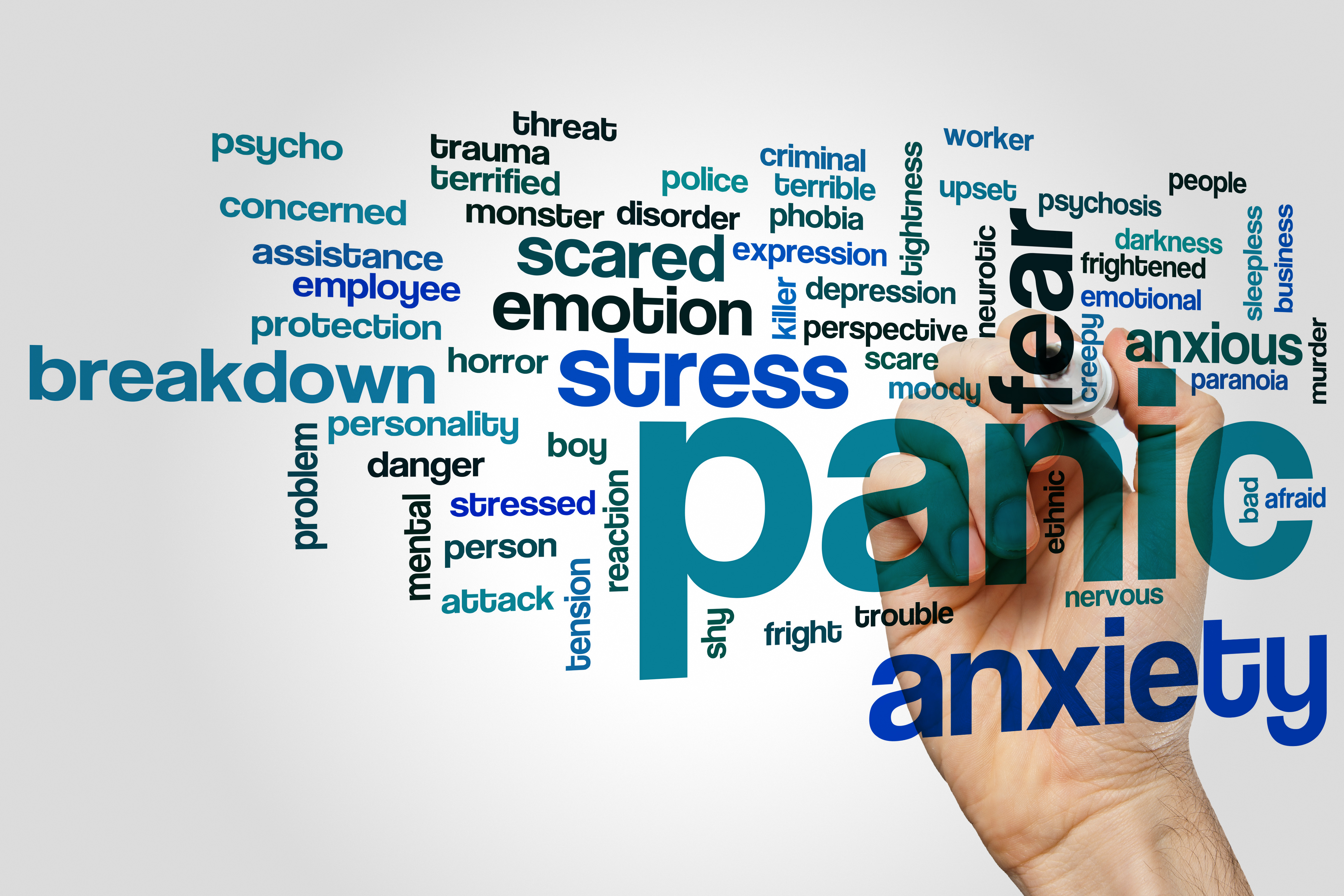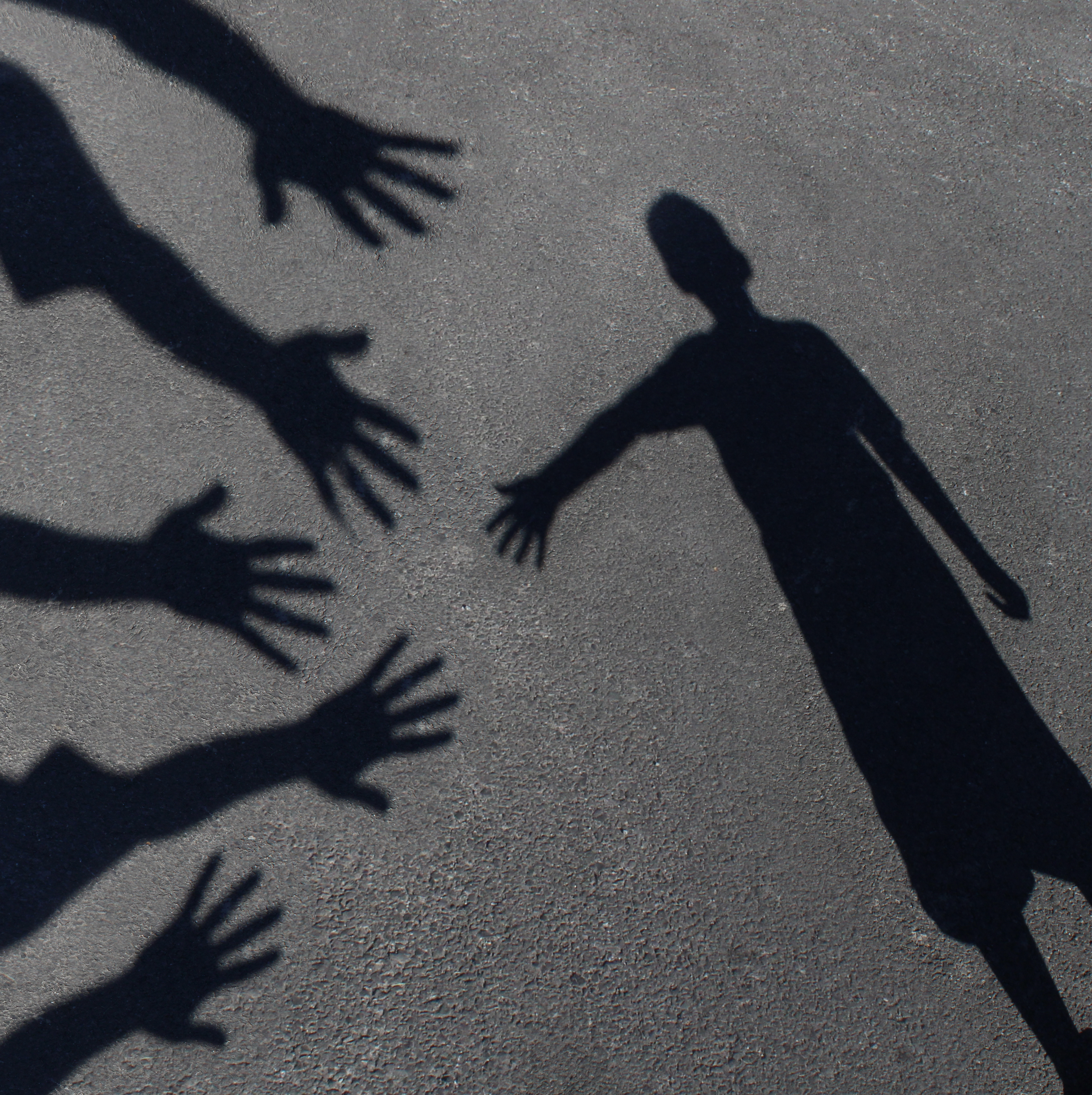Anxiety is a combination of physical and psychological symptoms that emerge when we are faced with a threat. Anxiety may range in intensity, frequency, and impact on the person. When a person is struggling with anxiety, he or she may experience intense fears coupled with physical arousal, including rapid heartbeat, quick and shortened breathing, and perspiration.
What I Treat
What type of symptoms do we treat?

Anxiety
Challenging the ``what ifs``

OCD
Ungluing your sticky brain
As the name suggests, Obsessive Compulsive Disorder is an anxiety disorder characterized by the presence of obsessions and compulsions. Obsessions are intrusive, often disturbing thoughts or images that are difficult to get rid of and cause a lot of anxiety. Compulsions are behaviors or rituals that a person performs to temporarily reduce the anxiety caused by the obsessions.

Panic Attacks
Riding the wave
Panic attacks can occur in a wide variety of situations. For example, agoraphobia is anxiety about being in places in which escape might be difficult, embarrassing, or when help may not be available in the event of having a panic attack (either unexpectedly or by a predisposed situation). Individuals with agoraphobia tend to seclude themselves within their homes. Some can venture further from their places of safety only if they have a friend or close relative with them. Thus, the individual will often isolate and avoid all potential situations in which they may fear a panic attack may occur.

Depression
Finding light in the midst of darkness
Not all depression looks and feels the same. Depression may vary greatly in intensity level, the amount of time you have felt depressed, and the number of noticeable periods you have felt depressed. It is important to note that all types of depression, mild through severe, have the potential to significantly affect your life (e.g. your ability to function at school or the quality of your personal relationships).
